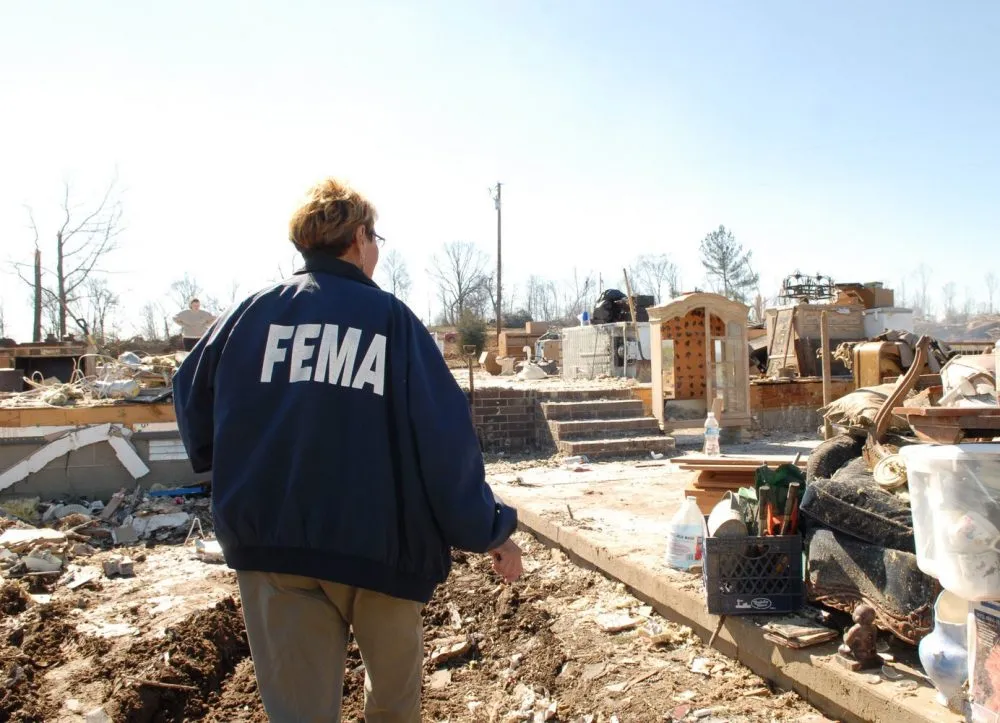
How FEMA Transforms Disaster Response and Community Resilience
Introduction: Imagine waking up to the sound of sirens blaring and the ground shaking beneath you. Natural disasters can strike without warning, leaving communities in chaos and uncertainty. In these critical moments, the Federal Emergency Management Agency (FEMA) steps in as a lifeline, providing essential support and resources to help communities recover and rebuild. But what exactly does FEMA do, and how does it empower communities to prepare for the unexpected? Let’s dive into the vital role FEMA plays in disaster management and community support.
Understanding FEMA’s Mission
FEMA was established in 1979 with a mission to help people before, during, and after disasters. Its primary goals include:
- Coordinating Disaster Response: FEMA works with state and local governments to ensure a unified response to disasters.
- Providing Financial Assistance: The agency offers financial aid to individuals and communities affected by disasters.
- Promoting Preparedness: FEMA educates the public on emergency preparedness and resilience strategies.
Key Functions of FEMA in Disaster Management
1. Emergency Response Coordination
When disaster strikes, FEMA mobilizes quickly to coordinate response efforts. This includes:
- Deploying Resources: FEMA sends personnel, equipment, and supplies to affected areas.
- Establishing Command Centers: These centers facilitate communication and coordination among various agencies and organizations.
2. Financial Assistance Programs
FEMA provides several financial assistance programs to help individuals and communities recover:
- Individual Assistance (IA): This program offers financial help to individuals and households affected by disasters, covering temporary housing, home repairs, and other disaster-related expenses.
- Public Assistance (PA): This program supports state and local governments in repairing and rebuilding public infrastructure, such as roads, bridges, and schools.
3. Community Preparedness Initiatives
FEMA believes that preparedness is key to resilience. The agency offers various programs to help communities prepare for disasters:
- Ready.gov: This website provides resources and information on how to create emergency plans and build disaster kits.
- Community Education: FEMA conducts workshops and training sessions to educate communities about disaster preparedness and response.
Real-Life Impact: Success Stories
FEMA’s efforts have made a significant difference in countless communities. For example:
- Hurricane Harvey (2017): After this devastating hurricane, FEMA provided over $1.5 billion in individual assistance to help families recover and rebuild their lives.
- California Wildfires: FEMA has worked closely with California officials to provide resources and support for wildfire recovery, helping communities rebuild and implement better fire prevention strategies.
Conclusion: Building a Resilient Future Together
FEMA’s role in disaster management goes beyond immediate response; it’s about fostering resilience and empowering communities to face future challenges. By providing essential resources, financial assistance, and educational programs, FEMA helps communities not only recover but also thrive in the face of adversity.
As we reflect on the importance of disaster preparedness, consider this: How prepared is your community for the next disaster? Take the time to learn about local resources and create an emergency plan with your family. Together, we can build a more resilient future.
What steps will you take to ensure your community is ready for the unexpected? Share your thoughts in the comments below!